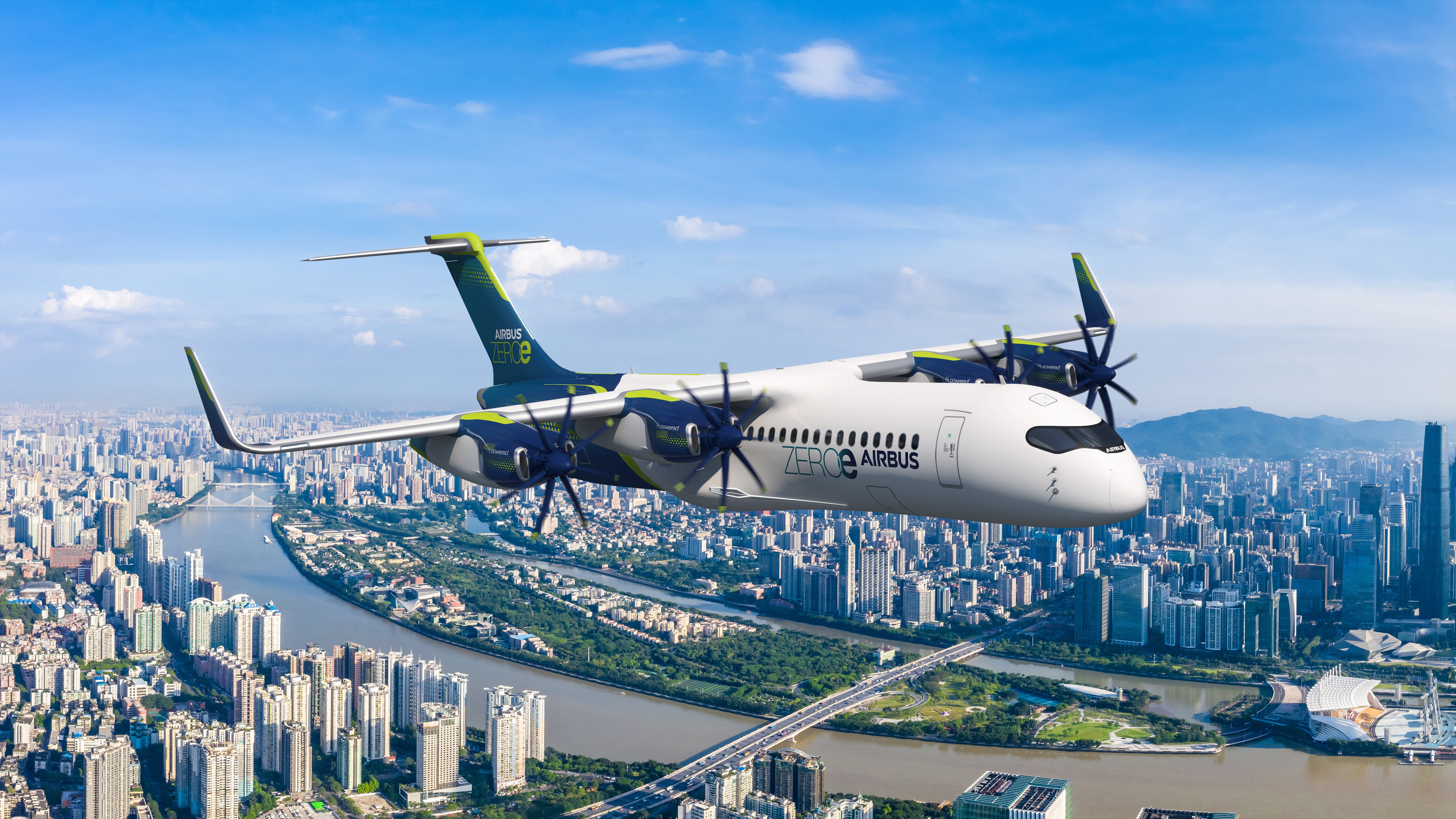Click Here to View This Page on Production Frontend
Click Here to Export Node Content
Click Here to View Printer-Friendly Version (Raw Backend)
Note: front-end display has links to styled print versions.
Content Node ID: 428425
Thermal management is proving to be one of the more significant safety and performance challenges for developers of electric aircraft propulsion systems. Australia’s Conflux Technology is applying a combination of advanced additive manufacturing and niche design experience honed in the world of Formula 1 racing cars.
On September 30, the company announced it is working on an advanced heat exchanger for the hydrogen-electric propulsion system Airbus needs for its planned ZeroE airliners. The heat exchanger, which is currently undergoing technology readiness maturity assessment by the European aerospace group, could play a critical role in thermal regulation for the powertrain’s megawatt-class fuel cell systems.
According to Conflux founder Michael Fuller, the challenge is to deliver the high volume flow rate needed for the equipment to deal with the significant heat generated by the fuel cells without losing too much energy in the process. He explained to AIN that this means having low resistance to mitigate what is referred to as the pressure drop, and that takes a large radiator that can be challenging to design for integration within the available space.
This is where advanced additive manufacturing can help in being able to produce lightweight, efficient hardware with the required physical geometries. Melbourne-based Conflux is using computational fluid dynamics modeling to perfect its heat exchangers and then validates the designs with scaled lab-testing. Airbus is now requesting full-scale units as it continues work on ZeroE, which is now set to extend well into the 2030s.

“Our work with Airbus marks a significant step forward in the application of additive manufacturing to sustainable aviation,” Fuller said. “Thermal management is a core enabler for hydrogen propulsion, and our expertise is helping to advance this technology from lab to flight.”
In early September, Conflux also joined The Ma4HERA project (THErmal MAnagement for the Hybrid Electric Regional Aircraft), led by Honeywell. The work, which is funded through the EU’s Clean Aviation program, is focused on the needs of new short- to medium-range airliners and involves 28 partners from 10 countries.
Conflux is contributing additive manufacturing expertise for hardware including an air-to-air heat exchanger for the air cycle system and an air-to-liquid unit for the vapor cycle system. The company is also doing related work under its partnership with Australian start-up AMSL Aero, which is developing the Vertiia hydrogen-electric VTOL aircraft.